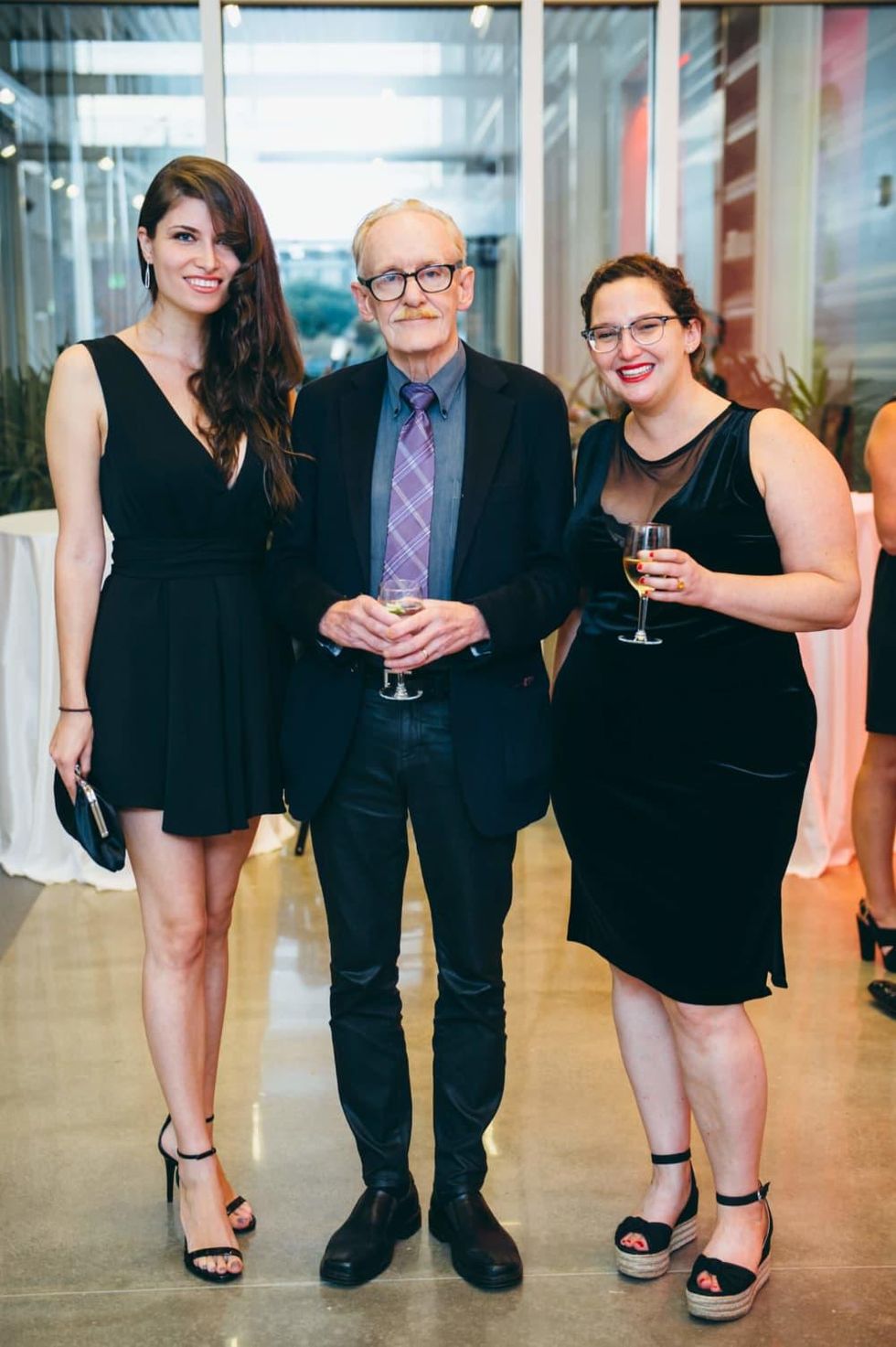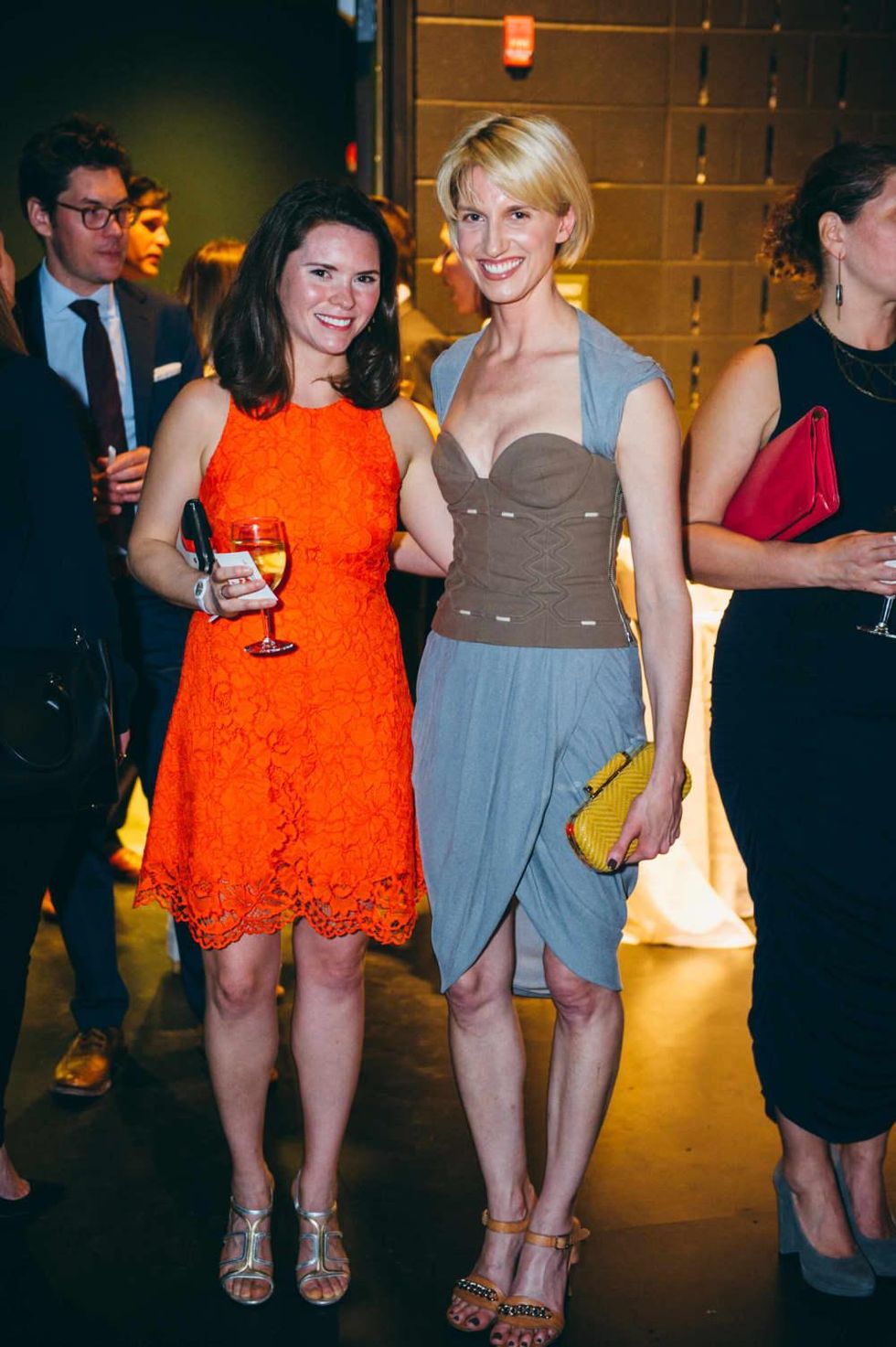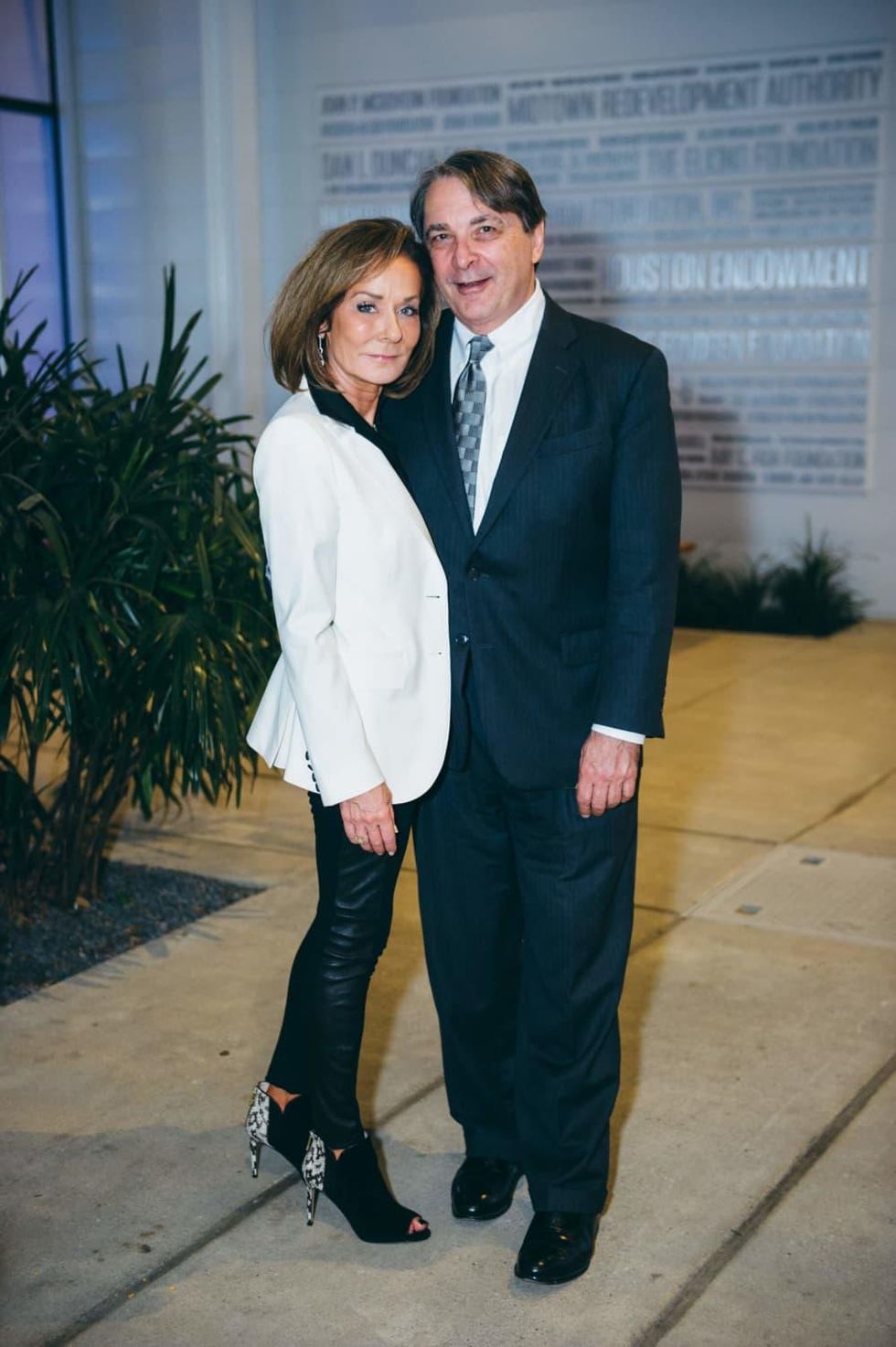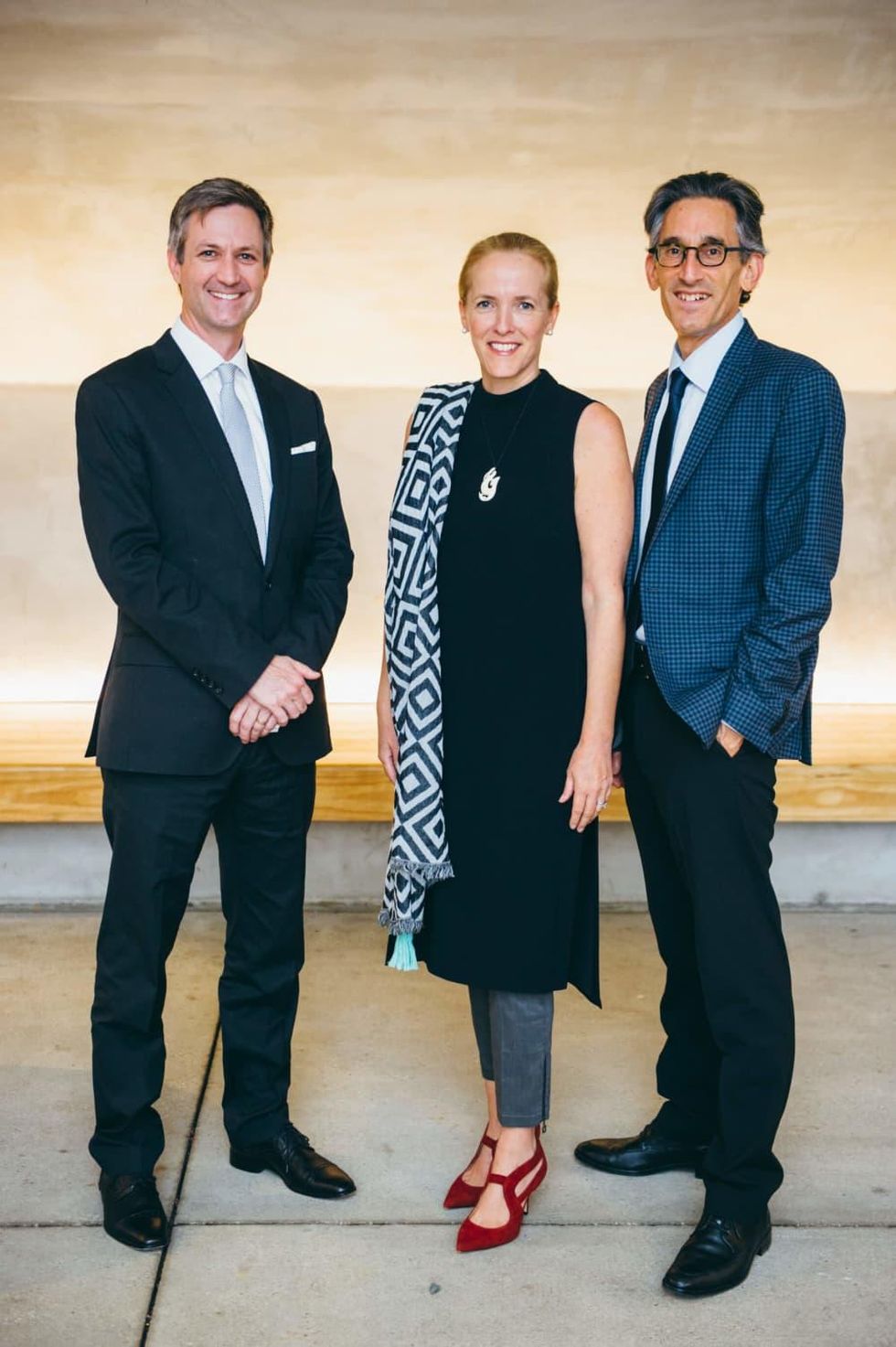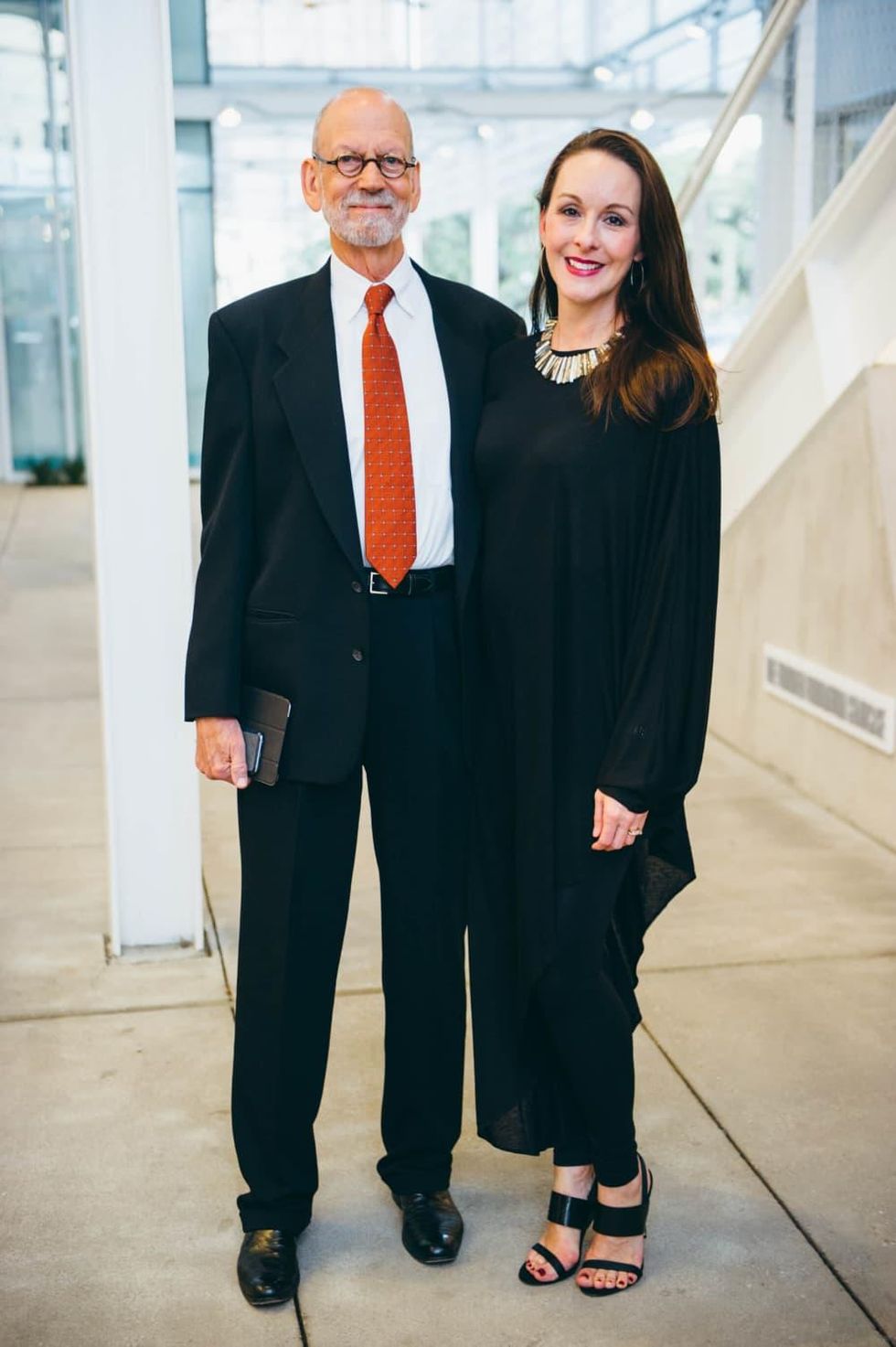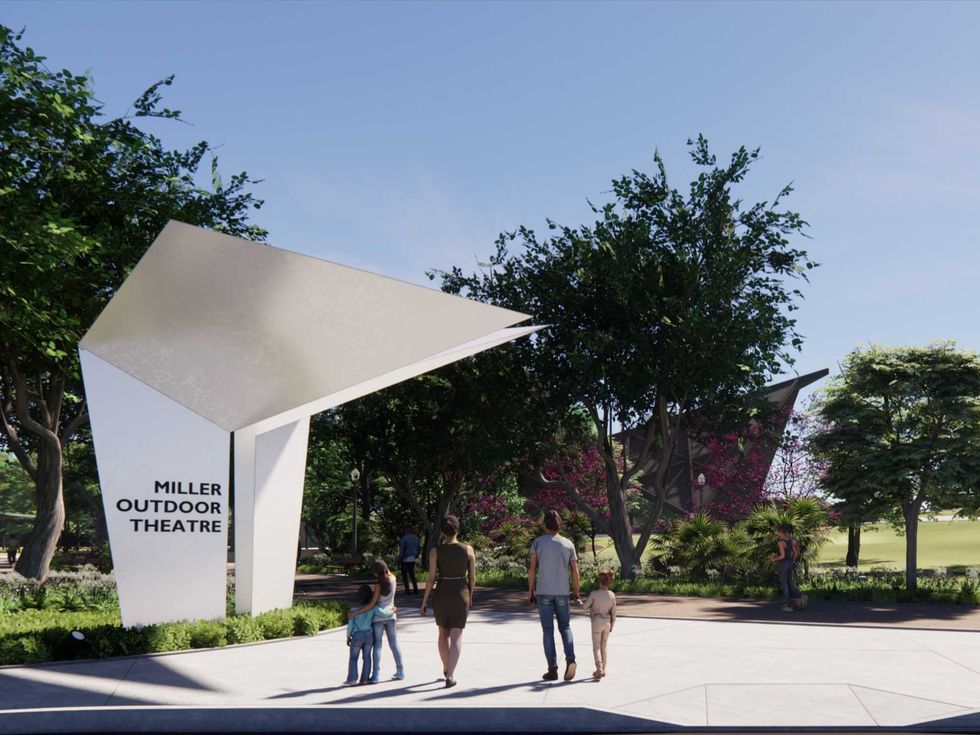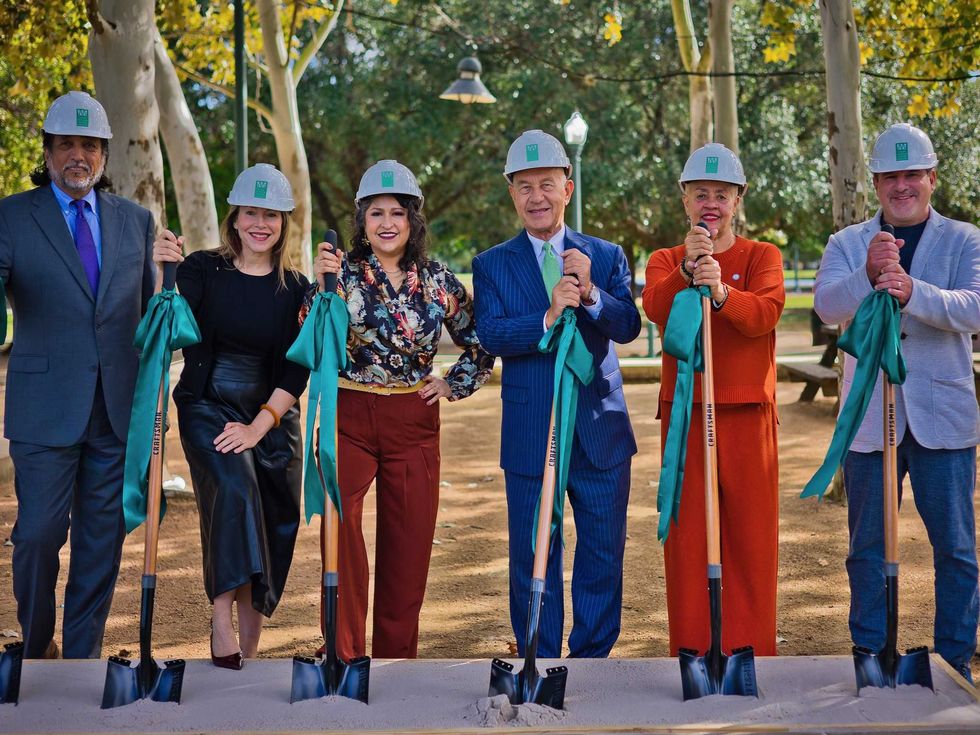Gulf Coast Journal Prize
Gulf Coast Journal celebrates 30th anniversary with new literary prize
What: Gulf Coast Journal 30th Anniversary Gala.
Where: Midtown Arts and Theatre Center (MATCH).
What: The longtime Houston literary journal had a lot to celebrate with the launch of the Toni Beauchamp Art Lies Prize in Critical Art Writing. More than 120 guests, including gala co-chairs Katharine Barthelme and Judy Nyquist, celebrated the life of Toni Beauchamp and her impact on Houston's arts scene through her tireless efforts. Beauchamp, who served as president of the contemporary art journal Art Lies from 2002-2004, died of ovarian cancer in 2012.
The prize, which was announced by Beauchamp's widowed husband Jeff Beauchamp, will be chosen from submissions of 2,500 words or less that have been written within the last year, including thematic essays, exhibition reviews, and a variety of creative approaches to writing on the visual arts.
Legendary New Yorker art critic Peter Schjeldahl was the evening's featured attraction, engaging in a lively discussion of the importance of the role of the critic. Guests dined on a four-course meal provided City Kitchen and bid on auction items including work from such noted artists as Mary Reid Kelly, Thomas Glassford, David McGee and MANUAL.
Founded by Philip Lopate and Donald Barthelme in 1986, the Gulf Coast Journal emphasizes literature, art, and critical art writing.
Who: The Houston art-centric crowd include Betty Moody, Lea Weingarten, Melanie Gray and Mark Wawro, Stephanie and Bradley Mitchell, Sissy Kempner, Carolyn and Matt Henneman, Lynn Goode and Harrison Williams, Claudia Solis, and Scott Sparvero.
